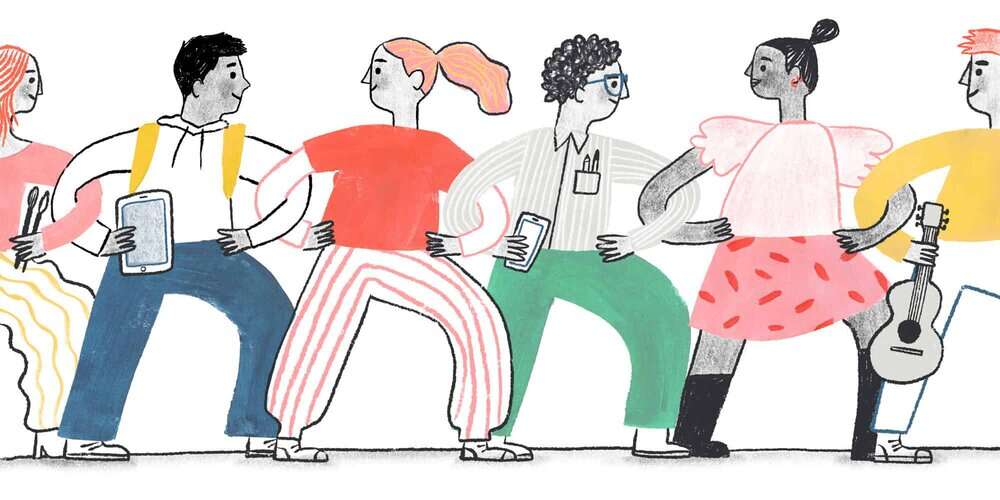Co-regulation

The power of co-regulation
Co-regulation creates emotional balance in relationships during high-stress moments. This approach involves first managing one's own reactions when others are upset, then helping identify and navigate feelings together. By modeling calm responses to stress, validating emotions, and collaboratively finding ways to restore equilibrium, co-regulation builds foundational skills for emotional regulation that serve people throughout life in all their relationships.
Hot emotions can be hard to handle, your own as well as your child’s. Co-regulation involves figuring out ways to recognize when your thoughts, feelings, and behaviors are overwhelming and being able to hold them in check. This helps you stay “available” so that you can connect with your adolescent when they’re upset. When you are available in this way, it is much easier to validate and help your child figure out what they need to restore a sense of calm and safety.
On the other hand, when a child sees you react in a heated way, they’re likely to do the same. If they see you intentionally choosing to calm yourself, they may learn to follow your lead. Co-regulation is an important way to help young people manage thoughts and feelings in constructive ways so they can better handle heated situations.
Let’s say your teen is doing homework and suddenly slams their laptop shut, exclaiming, “I can’t do this and am never going to pass this class!” Here’s a way to use co-regulation in this type of situation:
- Pause to manage your own emotions, such as by taking a deep breath. It’s okay to take a step back from the situation. You may need time to acknowledge what’s coming up for you, process the situation, and consider how to best respond.
- Validate your child’s feelings (“I can tell you’re frustrated”). Also decide how to react nonverbally, such as a supportive gesture like putting a gentle hand on their shoulder.
- Observe your child’s response to help determine what they need. For example, if they say, "I can’t do this assignment and I hate school!" first practice active listening to hear what’s frustrating them.
- Decide together on a way for the young person to self-regulate, such as stepping outside for some fresh air or doing some physical movement.
- After the break, re-evaluate the situation together to determine if your teen is ready to resume homework, or what else they might need.
Co-regulation takes time and practice. We all have our moments. But co-regulation isn’t just about how you react in one moment. Developing a caring and supportive relationship with your child, creating a physically and emotionally safe environment, and modeling self-regulation skills over time are all important parts of co-regulation.
Other tools to support young people:
Giving Support
Learn how to be there for young people who may be struggling with their mental health.












